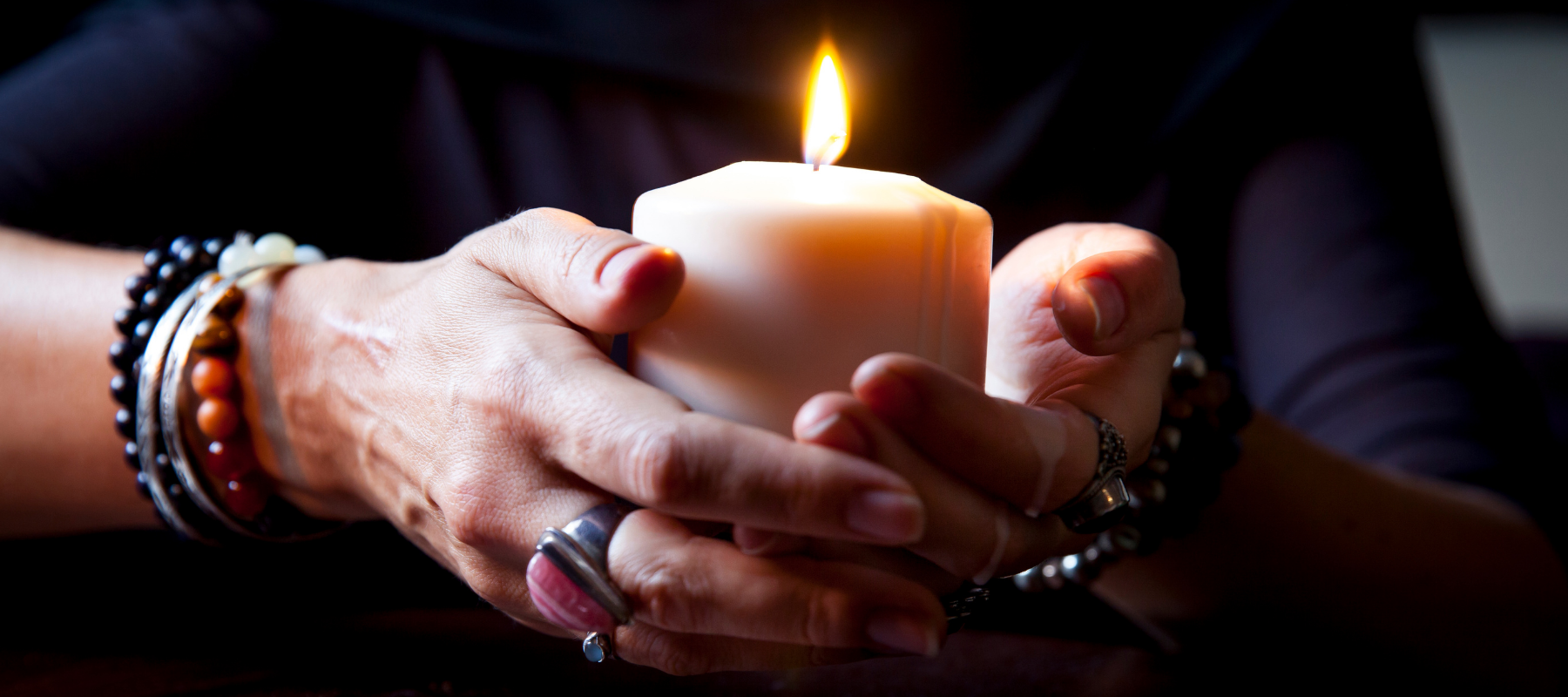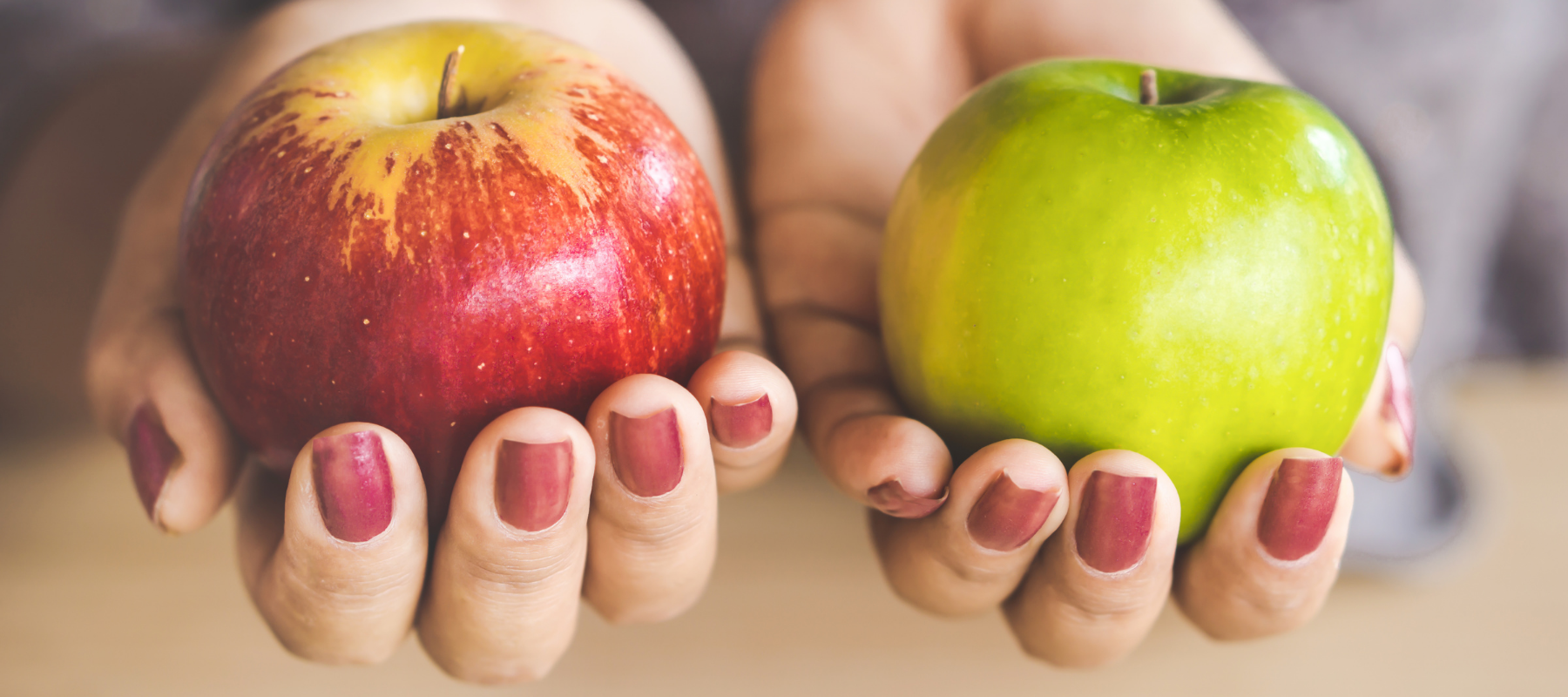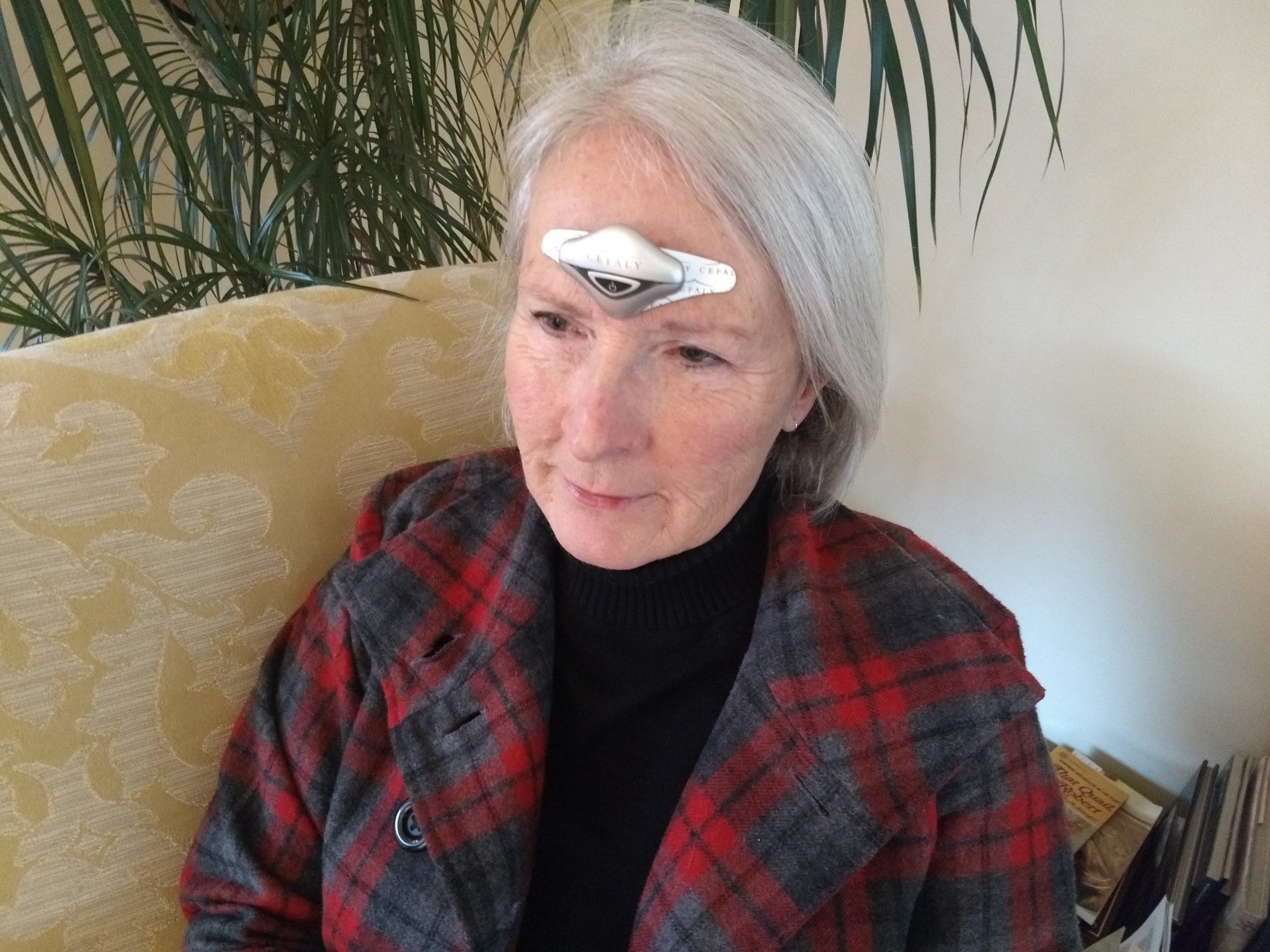On the seventh day of June, National Migraine and Headache Awareness Month, we remember the people we’ve lost due to the disabling impact of migraine and headache disease.
Migraine itself is not a fatal condition. However, the excruciating pain, disability, and potential life-altering complications can cause profound feelings of despair and hopelessness, leading some people to decide they can no longer go on living.
The Women Who Inspired Remembrance Day
Melissa Dwyer began experiencing debilitating migraines at 15. Unable to find a treatment that worked for her, doctors told Dwyer she’d have to learn to live with the pain. “I was 19 years old and had to withdraw from college. I couldn’t work and lived in a dark, quiet room. I did NOT have a life. So, to learn to live with this… wasn’t an option because I wasn’t really living,” she said. Dwyer died by suicide at age 22, and her tragic death inspired the creation of Remembrance Day.
Another person honored is Danielle Byron Henry, who was diagnosed with cyclical abdominal migraine at age 8, and later severe chronic migraine disease. She, like Dwyer, felt isolated and stigmatized because of her disease. Henry died by suicide at age 17.
Her family founded the Danielle Byron Henry Migraine Foundation in her honor to increase public awareness of migraine disease and its impact. The foundation offers virtual education programming and helped develop Headache School, a long-running series of educational and therapeutic sessions with headache and migraine experts.
Ways to Honor Migraine Remembrance Day
Speak out. Help shatter stigmas and myths about migraine by talking about it. “While this day primarily serves as a reminder of what is missing, I also believe it presents an opportunity to share our stories with the hope of spreading awareness about the challenges faced by the migraine community,” said Melissa Dwyer’s brother, Billy Dwyer.
Shine a light. Observe Remembrance Day by lighting a candle, lighting a purple bulb on your porch, or lining your house in purple lights at 6:00 PM on June 7. Then take a picture and share it on social media with the tag #ShineALight.
Be supportive. If someone you know lives with migraine pain, let them know you see their struggle. Ask what you can do to support them through their journey. Concrete acts of caring can mean a lot, such as calling to check on them, helping with household tasks, or planning migraine-friendly activities together. Learn more ways to support someone with migraine.
Find your people. If you live with migraine, the most important thing to know is that you are not alone. You don’t have to look hard to find a thriving community of people with migraine — people who understand how you feel and gladly share their advice for preventing attacks and managing symptoms. One place to start is the CEFALY community on Facebook.
Put mental health first. People living with chronic migraine are twice as likely to also have depression or anxiety, one study found.[ii] If you feel that migraine is affecting your mental health, tell your healthcare provider. If you are having suicidal thoughts, contact the National Suicide Prevention Lifeline at 1-800-273-8255 for support and assistance from a trained counselor.
Look to the future. The theme for this year’s Migraine and Headache Awareness Month is “A New Era of Care,” which refers to the constant innovation in the field of migraine treatment and prevention. If you haven’t yet found a treatment regimen that’s effective for you, don’t lose hope. Doctors and scientists are constantly testing innovative treatments. We at CEFALY are proud to be part of this ongoing effort to help people with migraine live free of pain.
[i] https://www.cedars-sinai.org/health-library/diseases-and-conditions/m/migrainous-stroke.html
[ii] Buse DC, Manack A, Serrano D, et al. Sociodemographic and comorbidity profiles of chronic migraine and episodic migraine sufferers. Journal of Neurology, Neurosurgery & Psychiatry 2010;81:428-432.















